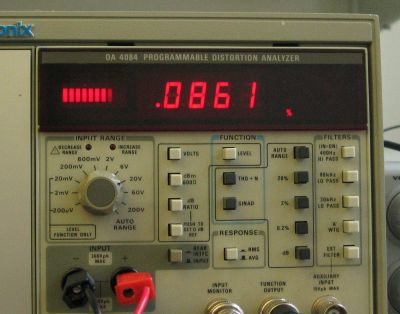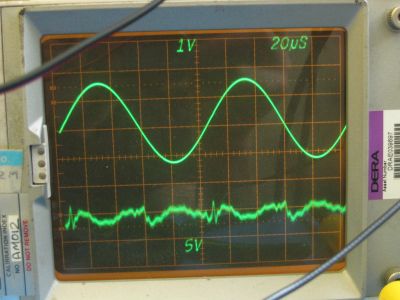Just in time for 5.1+ type sound to be all the rage, my recent foray into a guitar amp for a friend has reignited my desire for a tube amp for my "stereo" (how old fashion does that sound?). I've loved every McIntosh amp I've heard.
But I also figure, schematics alone don't make the McIntosh amp so appealing. Or am I wrong? Is a McIntosh just ("just", ha!) a more carefully laid out and circuited guitar amp? Or am I about to find out why those amps cost in the thousands of dollars, such as the cost of higher grade transformers, more chokes, etc?
What would I be getting myself into that is different or more intense from a guitar amp?
Thanks,
Joe
But I also figure, schematics alone don't make the McIntosh amp so appealing. Or am I wrong? Is a McIntosh just ("just", ha!) a more carefully laid out and circuited guitar amp? Or am I about to find out why those amps cost in the thousands of dollars, such as the cost of higher grade transformers, more chokes, etc?
What would I be getting myself into that is different or more intense from a guitar amp?
Thanks,
Joe



Comment